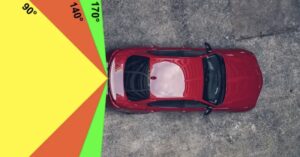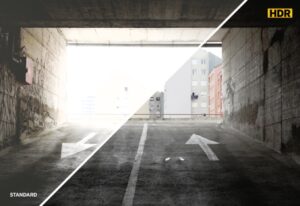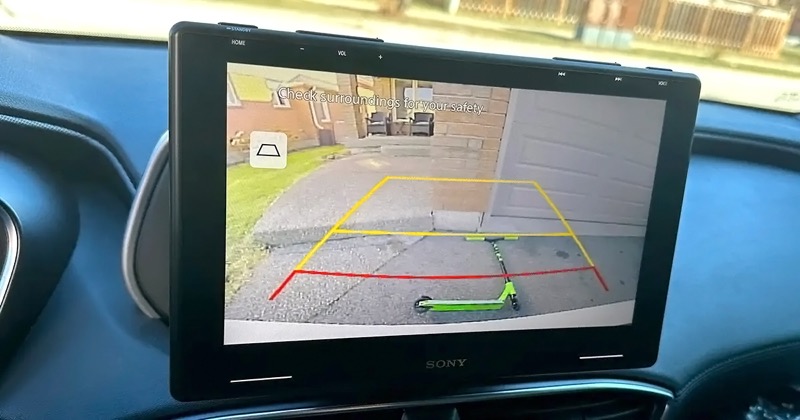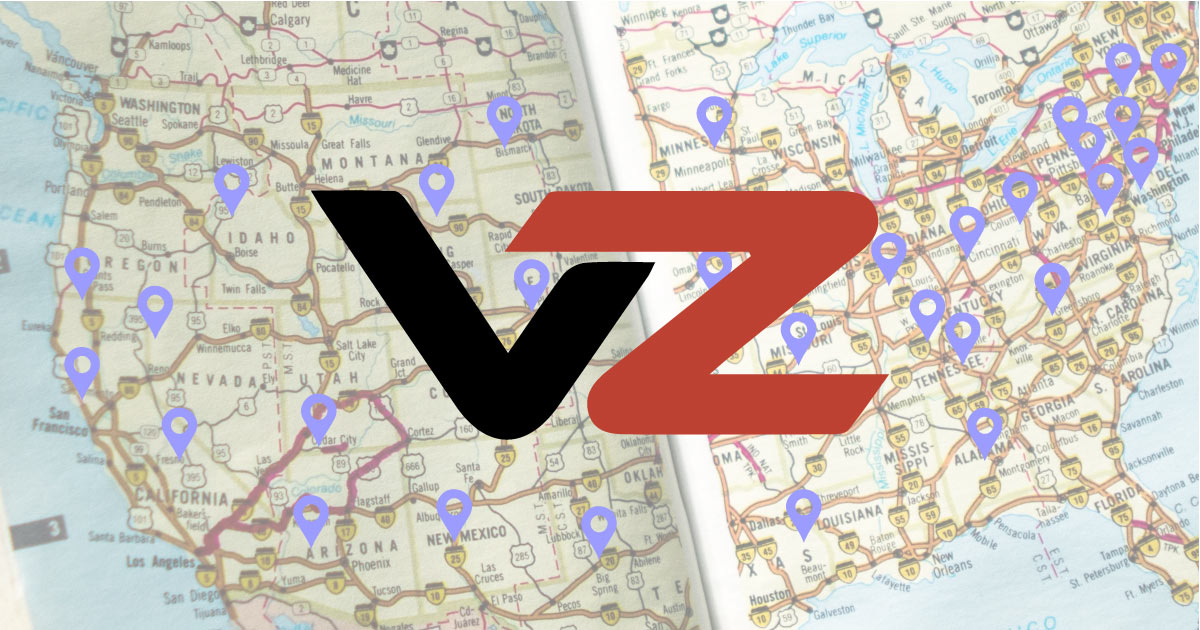Nobody denies that adding a backup camera to your car or truck is one of the best upgrades you can make to prevent accidents. The only thing better than a backup camera would be someone standing behind your vehicle when you’re backing into a parking spot or maneuvering. A while back, we looked at the mounting options for backup cameras. Let’s look at some of the specifications associated with backup cameras to help you make a wise purchase decision.
Backup Camera Viewing Angle

One of the most prominent specifications for backup cameras is the viewing angle. These specifications describe what the camera will be able to detect. Most high-quality cameras offer dedicated horizontal and vertical viewing angle specifications. The provided values are typically in degrees of a circle. The horizontal value describes how far to the side the camera can see. The vertical value represents the field of vision upward and downward.
You want the camera to detect vehicles or pedestrians approaching from the sides. A wide viewing angle makes objects in the image smaller as more area is covered. Keep this in mind when using the camera.
Low Light Performance Specifications
At night, you rely on streetlights and the backup lights on your vehicle to illuminate the area behind the vehicle. Backup cameras have a specification called illumination range, which refers to the darkest and brightest conditions for the camera to provide a well-illuminated image. For dark conditions, you want a minimum of around 1.5 lux. On the top end, 100,000 lux is standard. For reference, 1 lux is the brightness level of a traditional candle held 1 meter away from the surface. That’s pretty dark. Cameras with lower values of 1.0 or 0.9 lux can theoretically see better at night.
High Dynamic Range Contrast Compression

A feature that is becoming more popular on backup cameras is high dynamic range (HDR) contrast compression. The goal of your backup camera is to let you see objects and obstacles under all lighting conditions. Cameras that include HDR compression take an over-exposed and under-exposed image sample, then combine the two digitally. The result is the ability to see objects obscured by shadows or washed out by bright light sources.
Camera Resolution

If you’ve purchased an aftermarket radio with a high-resolution display, then camera resolution will be a specification you want to check. Resolution describes the number of pixels the image sensor in the camera includes. More pixels will generally deliver a sharper image, making it easier to identify objects in your path.
Operating Temperature Range
If you live somewhere like northern Canada or the southern U.S., you might want to check the operating temperature range of the backup camera you have in mind. Objects like a backup camera can get extremely hot during a heat wave, when the dash of a parked car could exceed 150 degrees. Most quality cameras have an operating temperature range specification describing the coldest and warmest temperatures under which the camera will operate. Double-check these specifications to pick a camera that should function year-round where you live.
Weather Resistance
The last specification you’ll want to check is the weather resistance of the camera you have in mind for your vehicle. You don’t want water to seep into the camera and damage the sensor. Most cameras have an ingress protection (IP) rating. Look for an IP67 or an IP68 rating, which means the products are effectively waterproof. Avoid backup cameras listed as water resistant.
Choose the Best Camera for Your Vehicle
Adding a backup camera is easily one of the best ways to avoid parking or maneuvering accidents. Choosing a high-quality camera will help ensure that the camera lets you see objects in your path and functions reliably. Of course, expert installation is also crucial. You can start your search for a specialty retailer that specializes in vehicle safety systems by using our Dealer Locator tool.


